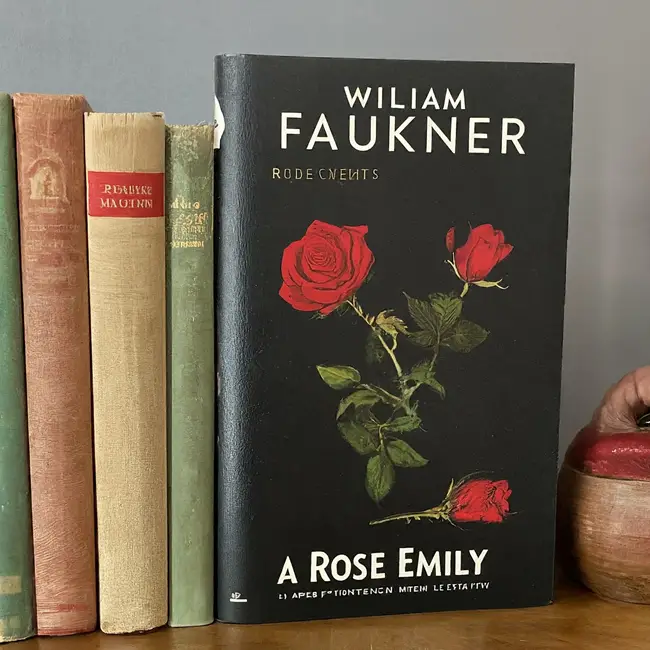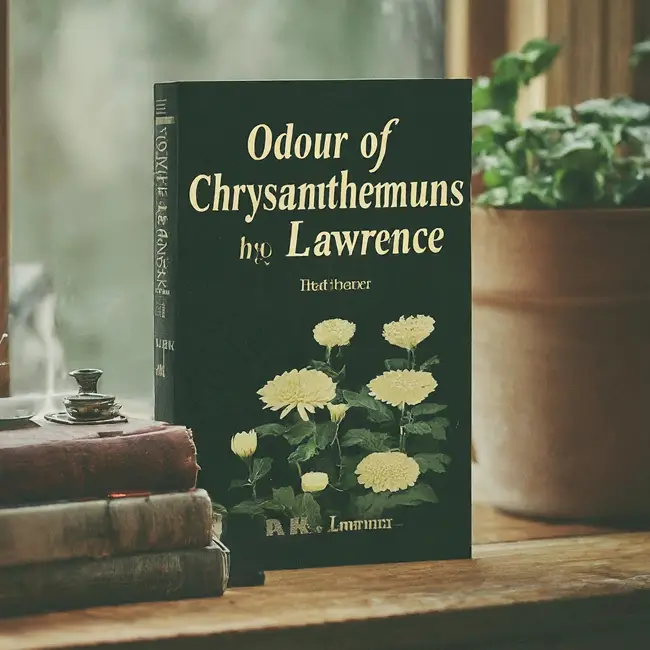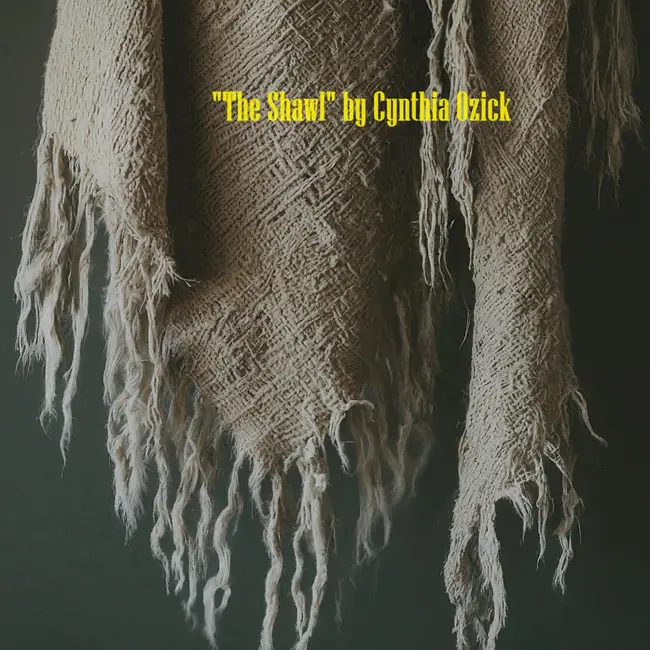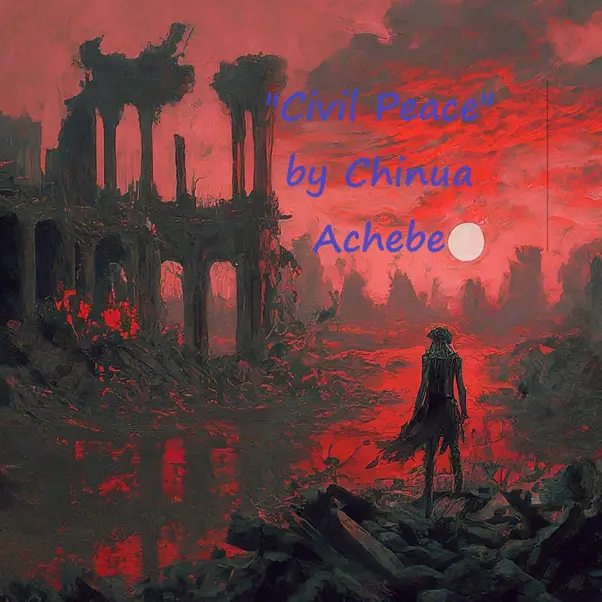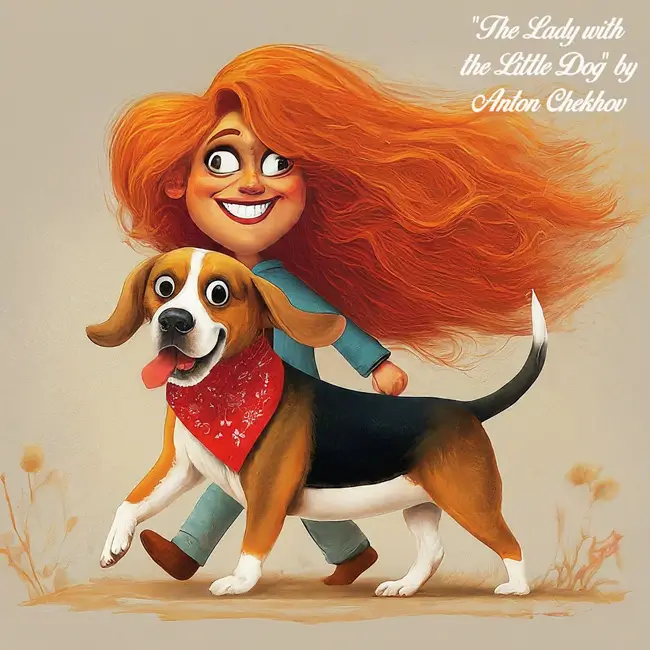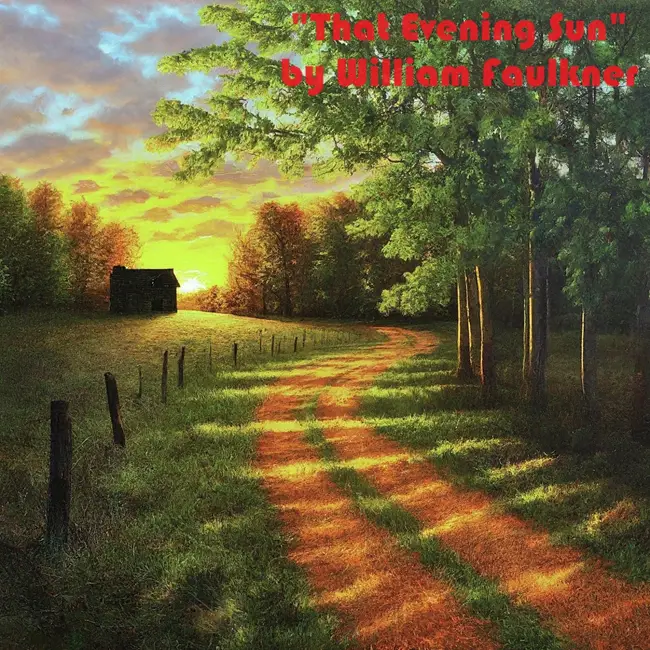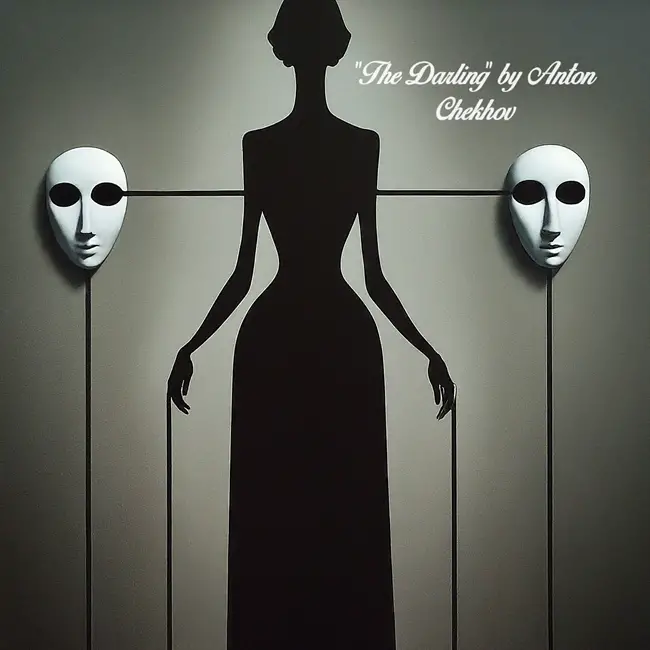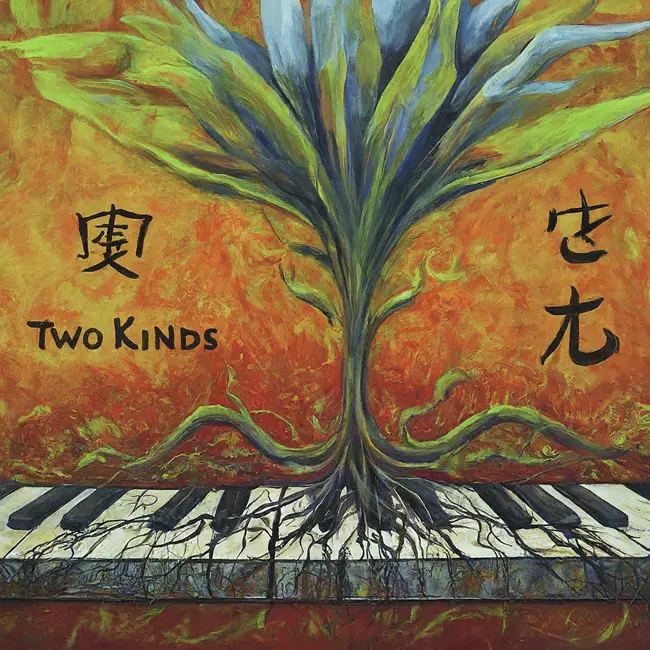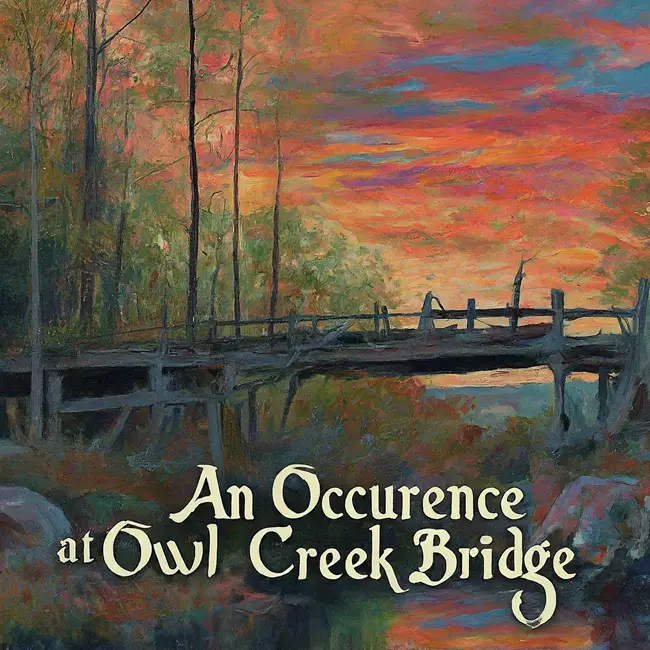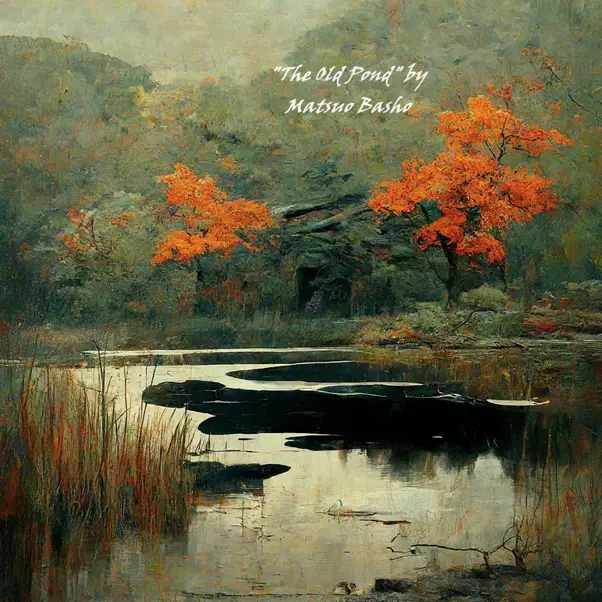
Introduction: “The Old Pond” by Matsuo Basho
“The Old Pond” by Matsuo Basho, a renowned Japanese poet from the Edo period, captures a moment of simplicity and profundity in nature. The poem consists of just three lines, adhering to the traditional haiku structure.
Matsuo Basho’s iconic haiku, “The Old Pond,” masterfully utilizes spare imagery to evoke a profound sense of stillness and sudden vibrancy. The haiku’s three distinct elements create a dynamic interplay:
Text
The old pond–
a frog jumps in,
sound of water. (Translated by Robert Hass)
- The old pond: This image establishes a sense of timelessness, tranquility, and perhaps even a hint of the forgotten.
- A frog leaping: The frog’s action disrupts the pond’s stillness, introducing dynamic movement and a reminder of life’s inherent energy.
- The sound of water: This subtle auditory detail underscores the quietude of the scene, heightening the perception of the frog’s disruption.
Thematic Implications
The haiku’s simplicity belies its rich thematic depth. It invites interpretations exploring:
- Permanence and impermanence: The pond stands as a symbol of enduring presence, while the frog’s action and the water’s sound represent fleeting moments within the larger flow of time.
- Appreciation of the mundane: Basho finds significance and aesthetic resonance in a simple, quotidian event, encouraging a heightened awareness of the world around us.
- Zen Buddhist principles: The haiku’s minimalist structure and focus on a singular moment in nature align with Zen concepts of present-moment awareness and the impermanence of existence.
Literary and Poetic Devices in “The Old Pond” by Matsuo Basho
| Literary/Poetic Device | Explanation | Example from the Haiku |
| Imagery | The use of vivid sensory language to create mental pictures. | “The old pond,” “a frog jumps in” |
| Kireji | A Japanese “cutting word”, used to divide a haiku into two parts and create a juxtaposition or pause. | The dash (–) serves as the kireji in this haiku. |
| Juxtaposition | The placement of contrasting elements next to each other to highlight differences. | The stillness of the pond vs. the sudden action of the frog. |
| Onomatopoeia | Words whose sounds imitate the thing they represent. | “sound of water” |
| Symbolism | The use of objects or images to represent larger ideas or concepts. | The old pond could symbolize tradition, stillness, or the past. The frog could represent change, spontaneity, or the awakening of consciousness. |
Important Notes:
- Seasonality (Kigo): Haiku traditionally contain a kigo, a word indicating the season. While not explicitly present, the frog is often associated with springtime.
- Minimalism: The haiku form epitomizes minimalism, conveying profound meaning with very few words.
Functions of Literary Devices in “The Old Pond” by Matsuo Basho
Basho’s haiku demonstrates the use of language rich with literary devices to evoke a vivid scene and invite deeper contemplation. For example, the imagery of the “old pond” and “frog” creates a sense of stillness suddenly disrupted by life. The “kireji” (cutting word), on the other hand, introduces a pause, encouraging the reader to linger on this juxtaposition of motion and tranquility. While, onomatopoeia with the “sound of water” amplifies the contrast and underscores the profound silence broken by the frog’s movement, the poem also utilizes symbolism; the pond could represent the weight of tradition or the past, while the frog’s leap might symbolize a spark of change, an awakening, or a fleeting moment of awareness within the eternal flow of time.
Major Themes in “The Old Pond” by Matsuo Basho
Transience and Impermanence:
- · “a frog jumps in” – The frog’s action disrupts the stillness, emphasizing the fleeting nature of moments within the larger flow of time.
- “sound of water” – The water’s sound ripples out and then fades, highlighting the impermanent nature of even seemingly significant events.
Appreciation for the Present Moment:
- Focusing on a singular, ordinary scene – Basho directs attention to the beauty and significance found in a seemingly mundane event.
- “sound of water” – This auditory detail sharpens the focus on the present, fleeting moment.
- Interconnection of Nature:
- “The old pond” – The pond as an enduring element of the natural world.
- “a frog jumps in” – The creature disrupts the pond, emphasizing the dynamism and interconnectedness within seemingly static nature.
Zen Buddhist Undertones:
- Minimalist form – The haiku’s simplicity aligns with Zen’s emphasis on direct experience and uncluttered perception.
- Focus on present awareness – The haiku captures a single moment, a concept resonating with Zen’s attention to present-moment awareness.
Literary Theories and “The Old Pond” by Matsuo Basho
| Literary Theory | Explanation of the Approach | How it Applies to “The Old Pond” | Reference from the Poem |
| Reader-Response | Focuses on the reader’s unique interpretation and emotional response. | Each reader might bring different experiences, influencing how they perceive the contrast between stillness and motion, or the themes of transience. | Individual interpretation |
| Structuralism | Examines the underlying structures and patterns within the text. | The poem’s structure with the kireji (cutting word) creates a juxtaposition, the haiku’s traditional form, and the interplay of symbols. | “The old pond” vs. “a frog jumps in” |
| New Criticism | Focuses on close reading, analyzing the text in isolation. | The interplay of imagery, symbolism, and word choice within the haiku itself. | “sound of water” |
| Ecocriticism | Explores the relationship between literature and the natural world. | The haiku’s depiction of nature, the interplay between the enduring pond and the fleeting frog’s action. | “The old pond”, “a frog jumps in” |
| Zen Buddhism | Considers the influence of Zen philosophy on the text. | The emphasis on present-moment awareness, minimalism, and the appreciation of the seemingly ordinary. | The haiku’s form, focus on a singular moment |
Essays Questions and Thesis Statements about “The Old Pond” by Matsuo Basho
Essay Question 1: The Role of Contrast and Juxtaposition
- Thesis: Matsuo Basho’s “The Old Pond” utilizes contrasting imagery and juxtaposition to convey a profound sense of impermanence and the fleeting beauty of the present moment.
Essay Question 2: Symbolism and Interpretation
- Thesis: The seemingly simple elements in Basho’s haiku, “The Old Pond,” hold rich symbolic potential, inviting multiple layers of interpretation related to time, nature, and awareness.
Essay Question 3: Zen Influences
- Thesis: Matsuo Basho’s “The Old Pond” embodies key principles of Zen Buddhism, particularly in its focus on present-moment awareness, minimalism, and the interconnectedness of existence.
Essay Question 4: Influence and Legacy
- Thesis: Basho’s “The Old Pond” serves as a cornerstone of the haiku tradition, influencing poets across centuries with its simple yet profound depiction of nature and the human experience.
Short Question-Answer about “The Old Pond” by Matsuo Basho
- Q1: How does the poem use sound?
A1: The poem shifts from visual imagery (“the old pond”, “a frog jumps in”) to the auditory with the “sound of water.” This brief focus on sound intensifies the silence of the scene, emphasizing the momentary disruption caused by the frog.
- Q2: What role does the “kireji” play?
A2: The “kireji,” traditionally a cutting word, is represented by a dash (–) in translation. It divides the haiku, creating a pause and juxtaposition between the stillness of the “old pond” and the sudden action of the frog’s leap.
- Q3: What is the significance of the frog?
A3: The frog symbolizes movement and change within the still scene. Its jump could represent a fleeting moment of awareness, the unpredictability of life, or a disruption of established patterns.
- Q4: Why is this haiku so famous?
A4: The haiku’s fame lies in its masterful simplicity, evocative imagery, and the multiple themes it invites the reader to contemplate. It’s considered a pinnacle of the haiku form and a timeless example of Japanese poetry.
Literary Works Similar to “The Old Pond” by Matsuo Basho
- Other Haiku by Basho: Basho wrote many haiku throughout his life, all featuring his focus on nature, simplicity, and often a touch of Zen philosophy. Explore his other works to find similar themes and techniques.
- Haiku by Issa, Buson, and Shiki: Kobayashi Issa, Yosa Buson, and Masaoka Shiki were also great Japanese haiku masters. Their works often focus on nature, and share a similar minimalist style and evocative imagery as Basho’s.
- Nature Poetry (Wordsworth, Thoreau, etc.): Romantic poets like William Wordsworth and transcendentalist writers like Henry David Thoreau also celebrated nature and the insights that it can offer. Their works often share a focus on ordinary moments in nature and the connection between the natural world and the human spirit.
- Minimalist Poetry: Minimalist poets throughout history have used spare language to evoke depth, similar to the haiku’s aesthetic. Examples include imagist poets like Ezra Pound and William Carlos Williams.
- Zen-Influenced Literature: Works influenced by Zen philosophy, (such as those by Jack Kerouac or Alan Watts) may share a similar emphasis on mindfulness, appreciation of the present moment, and the fleeting nature of existence.
Suggested Readings about “The Old Pond” by Matsuo Basho
Books
- Barnhill, David L. Bashō’s Haiku: Selected Poems of Matsuo Bashō. State University of New York Press, 2004.
- Hass, Robert, translator. The Essential Haiku: Versions of Bashō, Buson, and Issa. Ecco Press, 1994.
- Ueda, Makoto. Matsuo Bashō. Twayne Publishers, 1970.
Articles
- Carter, Steven. “Three Poets, Three Journeys.” Frogpond: Journal of the Haiku Society of America, vol. 19, no. 3, 1996, pp. 53-56.
- Harries, Phillip. “Sound and Silence in Basho’s ‘Old Pond'” Philosophy East and West, vol. 30, no. 4, 1980, pp.521-530. JSTOR, [invalid URL removed].
Websites
- Haiku Society of America: https://www.hsa-haiku.org/
- The Academy of American Poets, Matsuo Bashō profile: https://poets.org/poet/matsuo-basho
